Artificial intelligence in chemistry teaching-learning: trends, challenges, and educational opportunities. A narrative review
Keywords:
generative artificial intelligence; chemical education; virtual laboratory; educational simulationAbstract
Introduction: There is a growing incorporation of tools based on artificial intelligence (AI) in the educational field; however, in the specific field of Chemistry teaching, this continues to be an emerging and little-explored space. Materials and methods: This narrative review aims to identify the trends, challenges, and pedagogical opportunities associated with the use of AI in the teaching and learning of Chemistry, based on the critical analysis of selected studies between 2020 and 2025, compiled from the Scopus database. The methodology used is based on the QR (Question and Reproducibility) approach, aimed at ensuring rigor and transparency in narrative reviews. Results: The findings emphasize that chemistry teaching with AI incorporates platforms for remote practices, simulations, and automated assessment, consolidating a teacher-technology symbiosis. However, challenges persist in infrastructure, digital literacy, and model accuracy, in addition to ethical considerations in data management. Discussion: Despite this, AI offers content personalization, the development of critical thinking, and democratized access to virtual laboratories, fostering collaboration and real-time feedback. These innovations redefine the role of the teacher as a mediator and promote autonomous, ethical, and participatory learning. Conclusions: It is concluded that artificial intelligence represents a transformative opportunity to renew teaching and learning practices in chemistry. However, its implementation requires a critical, ethical, and contextualized approach that considers both technological advances and the training needs and potential of educational stakeholders.
References
Amirbekova, E., Shertayeva, N., & Mironova, E. (2023). Teaching chemistry in the metaverse: The effectiveness of using virtual and augmented reality for visualization. Frontiers in Education, 8, 1184768. https://doi.org/10.3389/feduc.2023.1184768
Back, S., Aspuru-Guzik, A., Ceriotti, M., Gryn'ova, G., Grzybowski, B., Gu, G. H., Hein, J., Hippalgaonkar, K., Hormázabal, R., Jung, Y., Kim, S., Kim, W. Y., Moosavi, S. M., Noh, J., Park, C., Schrier, J., Schwaller, P., Tsuda, K., Vegge, T., von Lilienfeld, O. A., & Walsh, A. (2024). Accelerated chemical science with AI. Digital Discovery, 3(1), 23–33. https://doi.org/10.1039/d3dd00213f
Bazie, H., Lemma, B., Workneh, A., & Estifanos, A. (2024). The effect of virtual laboratories on the academic achievement of undergraduate chemistry students: Quasi-experimental study. JMIR Formative Research, 8, e64476. https://doi.org/10.2196/64476
Berber, S., Brückner, M., Maurer, N., & Huwer, J. (2025). Artificial intelligence in chemistry research─Implications for teaching and learning. Journal of Chemical Education, 102(4), 1445–1456. https://doi.org/10.1021/acs.jchemed.4c01033
Blonder, R., & Feldman-Maggor, Y. (2024). AI for chemistry teaching: Responsible AI and ethical considerations. Chemistry Teacher International, 6(4), 385–395. https://doi.org/10.1515/cti-2024-0014
Chen, Y. (2022). The Impact of Artificial Intelligence and Blockchain Technology on the Development of Modern Educational Technology. Mobile Information Systems, 2022, 1–12. https://doi.org/10.1155/2022/3231698
Chiu, M. M. (2021). Transforming education with emerging technologies: Beyond the tool. Journal of Educational Change, 22(3), 411–429. https://doi.org/10.1007/s10833-020-09385-1
Cornelius, R., Cabrol, D., & Cachet, C. (1986). Applying the techniques of artificial intelligence to chemistry education. En T. H. Pierce & B. A. Hohne (Eds.), Artificial intelligence applications in chemistry (ACS Symposium Series No. 306, pp. 125–134). American Chemical Society. https://doi.org/10.1021/bk-1986-0306.ch011
De Jong, T., Linn, M. C., & Zacharia, Z. C. (2013). Physical and virtual laboratories in science and engineering education. Science, 340(6130), 305–308. https://doi.org/10.1126/science.1230579
Demelash, M., Belachew, W., & Andargie, D. (2024). Incorporación del contexto de la vida real en la enseñanza de la química escolar para mejorar el aprendizaje significativo de los estudiantes. African Journal of Chemical Education, 14(3). https://www.ajol.info/index.php/ajce/article/view/276642
Deroncele Acosta, A. (2025). Método QR: Guía paso a paso para escribir una revisión narrativa. https://gigapsico.com/capacitacion/
Dos Santos, D. C., & Eichler, M. L. (2024). A ChatGPT case study on misinformation: Exploring possibilities in chemical education. Revista Virtual de Química, 17(1), 1–11. https://doi.org/10.21577/1984-6835.20240065
European Commission. (2022). AI and education: A guide for policy-makers. https://www.oecd.org/education/ai-education-policy.html
Facione, P. A. (1990). Critical thinking: A statement of expert consensus for purposes of educational assessment and instruction. American Philosophical Association. https://files.eric.ed.gov/fulltext/ED315423.pdf
Feldman, T., & Blonder, R. (2023). Artificial intelligence in chemistry education: A perspective of chemistry teachers. Chemistry Teacher International, 5(2), 123–134. https://doi.org/10.1515/cti-2023-0012
Feldman, T., & Blonder, R. (2023). Artificial intelligence in chemistry education: A perspective of chemistry teachers. Chemistry Teacher International, 5(2), 123–134. https://doi.org/10.1515/cti-2023-0012
Feldman-Maggor, Y., Blonder, R., & Alexandron, G. (2025). Perspectives of generative AI in chemistry education within the TPACK framework. Journal of Science Education and Technology, 34(1), 1–15. https://doi.org/10.1007/s10956-024-10147-3
Fonseca, C. (2024). The use of ChatGPT in Chemistry: the bibliometric analysis. En 10th International Conference on Higher Education Advances (HEAd’24). https://doi.org/10.4995/HEAd24.2024.17276
García, L. M. (2018). Dificultades en la comprensión del lenguaje simbólico en química. Revista Eureka sobre Enseñanza y Divulgación de las Ciencias, 15(2), 2502–2513. https://doi.org/10.25267/Rev_Eureka_ensendivulgcienc.2018.v15.i2.2502
Gonçalves Costa, G., Nascimento Júnior, W. J. D., Mombelli, M. N., & Girotto Júnior, G. (2024). Revisiting a Teaching Sequence on the Topic of Electrolysis: A Comparative Study with the Use of Artificial Intelligence. Journal of Chemical Education, 101(8), 3255–3263. https://doi.org/10.1021/acs.jchemed.4c00247
González, J. P. (2021). La enseñanza de la química: ¿Memorización o comprensión? Educación Química, 32(4), 290–295. https://doi.org/10.22201/fq.18708404e.2021.4.81035
Güth, F., van Vorst, H. (2024). To choose or not to choose? Effects of choice in authentic context-based learning environments. European Journal of Psychology of Education, 39(4), pp. 3403–3433. DOI: 10.1007/s10212-024-00798-6
Heradio, R., de la Torre, L., Galán, D., Cabrerizo, F. J., Herrera-Viedma, E., & Dormido, S. (2016). Virtual and remote labs in education: A bibliometric analysis. Computers & Education, 98, 14–38. https://doi.org/10.1016/j.compedu.2016.03.010
Hu, J., Huang, Z., Li, J., Xu, L., Zou, Y. (2024). Real-time classroom behavior analysis for enhanced engineering education: An AI-assisted approach. Education and Information Technologies, 29(1), 112–130. DOI: 10.1007/s44196-024-00572-y
Kamali, J., Alpat, M. F., & Bozkurt, A. (2024). AI ethics as a complex and multifaceted challenge: Decoding educators’ AI ethics alignment through the lens of activity theory. International Journal of Educational Technology in Higher Education, 21(1), 44. https://doi.org/10.1186/s41239-024-00496-9
Kim, S.-Y., Jeon, I., & Kang, S.-J. (2024). Integrating data science and machine learning to chemistry education: Predicting classification and boiling point of compounds. Journal of Chemical Education, 101(4), 1771–1776. https://doi.org/10.1021/acs.jchemed.3c01040Larrechi, M. S., & Rius, F. X. (1991). Teaching chemistry with expert systems: Systematic chemical separation of cations in aqueous media. Journal of Chemical Education, 68(8), 659–661.
Leite, B. S. (2023). Inteligência artificial e ensino de química: uma análise propedêutica do ChatGPT na definição de conceitos químicos. Química Nova, 46(10), 949–960. https://doi.org/10.21577/0100-4042.20230059
Leite, B. S. (2024). Generative artificial intelligence in chemistry teaching: ChatGPT, Gemini, and Copilot’s content responses. Journal of Applied Learning & Teaching, 7(2), Art. 13. https://doi.org/10.37074/jalt.2024.7.2.13
Lizano, F., & Idoyaga, N. (2025). Teachers’ perspective on the use of artificial intelligence on remote experimentation. Education and Information Technologies, 28(12), 13429–13449. https://doi.org/10.1007/s10639-023-120631
Lyamuremye, A., Niyonzima, F. N., Mukiza, J., Twagilimana, I., Nyirahabimana, P., Nsengimana, T., Habiyaremye, J. D., Habimana, O., & Nsabayezu, E. (2024). Utilization of artificial intelligence and machine learning in chemistry education: A critical review. Discover Education, 3, Article 95. https://doi.org/10.1007/s44217-024-00197-5
Markovnikova, I. A., Likhanov, M. V., & Kurushkin, M. A. (2024). A model for estimating the visual complexity of a molecule using graph theory metrics: An educational perspective. Perspectives of Science and Education, 3(66), 561–575. https://doi.org/10.32744/pse.2024.3.37
Mena-Guacas, A. F., López-Catalán, L., Bernal-Bravo, C., & Ballesteros-Regaña, C. (2025). Educational transformation through emerging technologies: Critical review of scientific impact on learning. Education Sciences, 15(3), 368. https://doi.org/10.3390/educsci15030368
Miller, T. (2019). Explanation in Artificial Intelligence: Insights from the Social Sciences. Artificial Intelligence, 267, 1–38. https://doi.org/10.1016/j.artint.2018.07.007
Montes-Bageneta, R., Pérez, M., & Solís, A. (2020). Uso de inteligencia artificial en laboratorios de química para la sostenibilidad. Química Nova na Escola, 42(3), 45–52. https://doi.org/10.21577/0104-8899.20200045
Morales Álvarez, J. P., Machado Preciado, E. J., Vázquez Morales, G. E., & Castro Miranda, E. G. (2024). La brecha digital en la educación: Desafíos y estrategias para integrar Tecnologías de la Información y la Comunicación (TICs) y Tecnologías para el Aprendizaje y el Conocimiento (TACs) en el entorno escolar. LATAM: Revista Latinoamericana de Ciencias Sociales y Humanidades. https://www.researchgate.net/publication/383887572
Nascimento Júnior, W. J. D., Morais, C. C., & Girotto Júnior, G. (2024). Enhancing AI Responses in Chemistry: Integrating Text Generation, Image Creation, and Image Interpretation through Different Levels of Prompts. Journal of Chemical Education, 101(9), 3767–3779. https://doi.org/10.1021/acs.jchemed.4c00230
OECD. (2019). Principles on Artificial Intelligence. https://oecd.ai/en/dashboards
Park, H. K., & Martin, S. N. (2024). Exploring the role of ChatGPT in science education for Asia-Pacific and beyond: A systematic review. Asia-Pacific Science Education, 10(2), 233–263. https://doi.org/10.1163/23641177-BJA10079
Pence, H. E. (2020). How should chemistry educators respond to the next generation of technology change? Education Sciences, 10(2), 34. https://doi.org/10.3390/educsci10020034
Pereira, A. R., & Ferreira, A. D. Q. (2023). Visualização molecular interativa para situações de estudo. Educación Química, 34(4), 232–242. https://doi.org/10.22201/fq.18708404e.2023.4.83872
Pérez-Rodríguez, M. A., Delgado-Rico, E., & Sánchez-Gómez, M. C. (2022). Realidad virtual y aumentada como recursos para el aprendizaje de la ciencia en educación secundaria. Revista Eureka sobre Enseñanza y Divulgación de las Ciencias, 19(2), 2103. https://doi.org/10.25267/Rev_Eureka_ensen_divulg_cienc.2022.v19.i2.2103
Popenici, S. A. D., & Kerr, S. (2017). Exploring the impact of artificial intelligence on teaching and learning in higher education. Research and Practice in Technology Enhanced Learning, 12(1), 1–13. https://doi.org/10.1186/s41039-017-0062-8
Popenici, S. A. D., & Kerr, S. (2017). Exploring the impact of artificial intelligence on teaching and learning in higher education. Research and Practice in Technology Enhanced Learning, 12(1), 1–13. https://doi.org/10.1186/s41039-017-0062-8
Rojas Vistorte, A.O., Ayala, J.L.M., Deroncele-Acosta, A., López-Granero, C., Martí-González, M. (2024). Integrating artificial intelligence to assess emotions in learning environments: a systematic literature review. Frontiers in Psychology, 15, 1387089. DOI: 10.3389/fpsyg.2024.1387089
Roski, K., Ewerth, R., Hoppe, T., & Nehring, A. (2024). Exploring data mining in chemistry education: Building a web-based learning platform for learning analytics. Journal of Chemical Education, 101(2), 679–689. https://doi.org/10.1021/acs.jchemed.3c00794
Sayán, R. (2024). Estética experiencial y socioformación en la enseñanza de la química: La mediación de la inteligencia artificial. Revista de Educación Estética, 16(1), 34–49. https://doi.org/10.1234/ree.2024.16.1.034
Silva, A. L. da, & Silva, A. C. da. (2023). Inteligência artificial e ensino de química: uma análise propedêutica. Química Nova, 46(10), 949–960. https://doi.org/10.21577/0100-4042.20230059
Tassoti, S. (2024). Assessment of students' use of generative artificial intelligence: Prompting strategies and prompt engineering in chemistry education. Journal of Chemical Education, 101(6), 2475–2482. https://doi.org/10.1021/acs.jchemed.4c00212
Taylor, M.V., Muwaffak, Z., Penny, Matthew R., Szulc, Blanka R., Brown, S., Merritt, A., Hilton, S.T. (2025). Optimising digital twin laboratories with conversational AIs: enhancing immersive training and simulation through virtual reality. Digital Discovery, 4(5), pp. 1134–1141. DOI: 10.1039/d4dd00330f
Uçar, S.-Ş., López-Gazpio, I., & López-Gazpio, J. (2025). Evaluating and challenging the reasoning capabilities of generative artificial intelligence for technology-assisted chemistry education. Education and Information Technologies, 30, 11463–11482. https://doi.org/10.1007/s10639-024-13295-6
UNESCO. (2021). Recomendación sobre la Ética de la Inteligencia Artificial. https://unesdoc.unesco.org/ark:/48223/pf0000381137_spa
UNESCO. (2023). Informe de seguimiento de la educación en el mundo, 2023: tecnología en la educación: ¿una herramienta en los términos de quién? https://unesdoc.unesco.org/ark:/48223/pf0000388894
Uwosomah, E. E., & Dooly, M. (2025). It Is Not the Huge Enemy: Preservice Teachers’ Evolving Perspectives on AI. Education Sciences, 15(2), 152. https://doi.org/10.3390/educsci15020152
Vidhani, D. V., & Mariappan, M. (2024). Optimizing Human–AI Collaboration in Chemistry: A Case Study on Enhancing Generative AI Responses through Prompt Engineering. Chemistry, 6(4), 723–737. https://doi.org/10.3390/chemistry6040043
Wang, L. (2024). From passive learning to autonomy: Rethinking chemistry education through technology. Chemistry Education Research and Practice, 25(2), 250–265. https://doi.org/10.1039/D3RP00254E
Weder, B., Barzen, J., Leymann, F., Salm, M., & Wild, K. (2021). QProv: A provenance system for quantum computing. IET Quantum Communication, 2(4), 171–181. https://doi.org/10.1049/qtc2.12012
Yatani, K., Sramek, Z., & Yang, C.-L. (2024). AI as Extraherics: Fostering Higher-order Thinking Skills in Human-AI Interaction. arXiv. https://arxiv.org/abs/2409.09218
Yik, B. J., & Dood, A. J. (2024). ChatGPT convincingly explains organic chemistry reaction mechanisms slightly inaccurately with high levels of explanation sophistication. Journal of Chemical Education, 101(4), 1685–1692. https://doi.org/10.1021/acs.jchemed.4c00235
Yuriev, E., Wink, D. J., & Holme, T. A. (2024). The dawn of generative artificial intelligence in chemistry education. Journal of Chemical Education, 101(8), 2957–2959. https://doi.org/10.1021/acs.jchemed.4c00836
Zhai, X., & Tan, A.-L. (2021). Science learning in the context of virtual labs and simulated experiments: Fostering students’ conceptual understanding and inquiry abilities. Journal of Science Education and Technology, 30(3), 392–404. https://doi.org/10.1007/s10956-021-09889-8
Downloads
Published
How to Cite
Issue
Section
License
Copyright (c) 2025 Rosa María Elizabeth Sayán-Rivera

This work is licensed under a Creative Commons Attribution-NonCommercial-NoDerivatives 4.0 International License.
This journal provides immediate open access to its content, based on the principle that offering the public free access to research helps a greater global exchange of knowledge. Each author is responsible for the content of each of their articles.



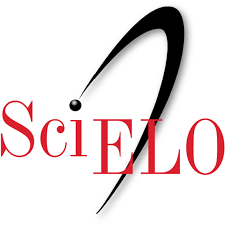






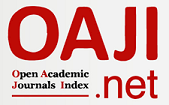

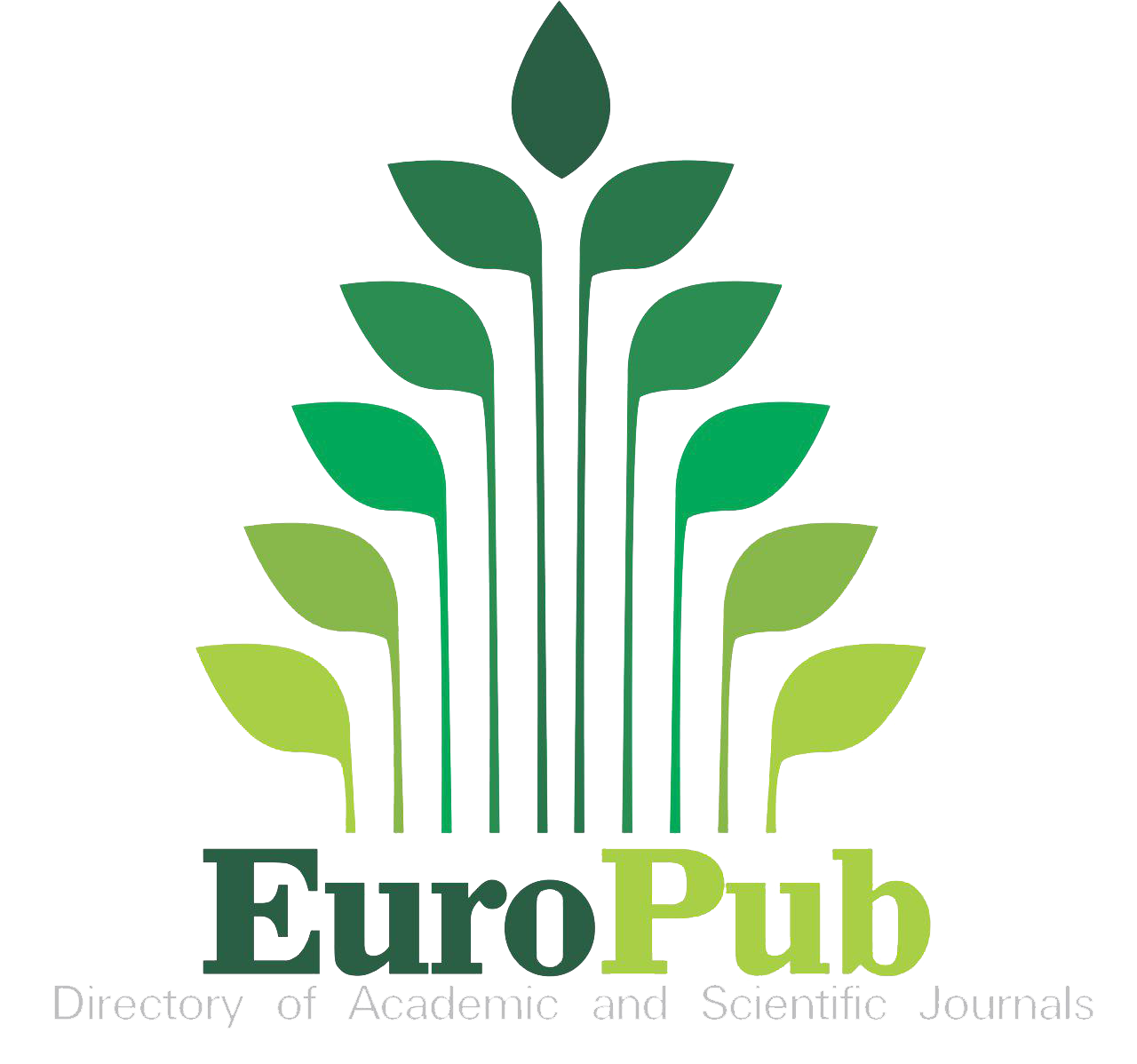



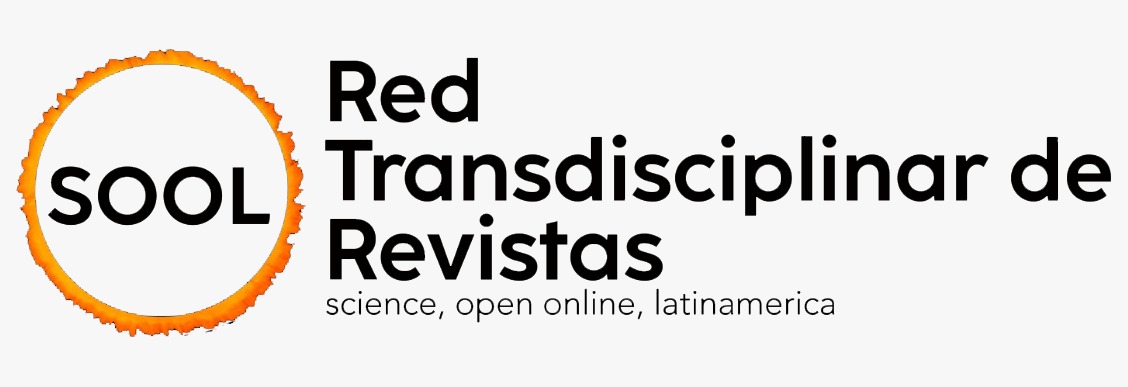



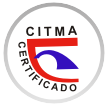






 Universidad de Oriente
Universidad de Oriente 